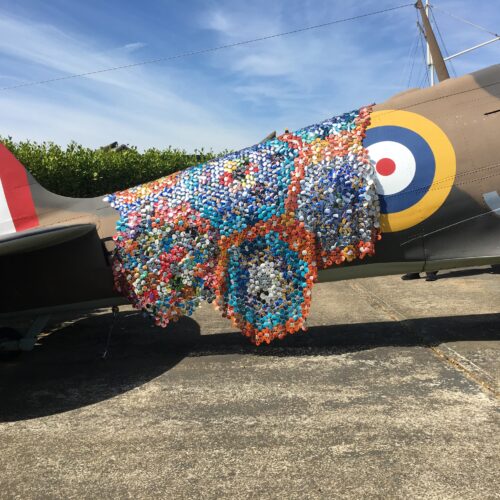
Book review: Making and Drawing

Often textiles students struggle with drawing and mark making. They come to their studies with a strong skill base in textile techniques like embroidery, weaving and knit that they have practiced over many years. These will have been learnt from mothers, grandmothers (I am yet to meet a student taught by a male member of the family), at school and evening classes. Many hours of dedication have led them to a level of craftsmanship to be proud of. They come to the OCA bursting to take these skills further and then we ask them to produce drawings. Many have not put pencil to paper since childhood and experience has often encouraged them to believe they are unable to draw. But think what drawers these students would be if they had the hours of encouragement, teaching and support they received for their textile techniques. I believe all students can achieve a good level of drawing; it is a matter of practice, practice, and more practice. However an issue that may discourage textile students is not fully understanding its purpose and the different ways it can be used in the creative process.
This blog reviews the book Making and Drawing by Kyra Cane. This publication comprehensively demonstrates a wide range of ways creative practitioners of all types use drawing. It clearly links the practice of drawing to the creation of 3 dimensional objects not just in planning but also as a tool for thinking, studying and as a fundamental part of making. The book is divided into 6 sections each focusing on a different aspect of drawing.
- Drawing as reference
- Drawing as planning and design
- Drawing and surface
- Drawing as making
- Drawing as thinking
- Drawing with technology
The real value of this book is that the author brings together an interesting range of practitioners from sculptors, costume designers, ceramicists and jewellery makers. Putting their drawings alongside finished works to illustrate the place of drawing and the journey of creative development. For example the jewellery maker Dorothy Hogg uses drawing as tool with which she develops critical thinking, offering her the opportunity to interrogate her subject in an intense and spontaneous way. This method of studying, recording and evaluating is essential in degree level study as it drives discernment and enlightened judgement. The ceramicist Ken Eastman explains that he does not pre plan his works but rather uses drawing to describe an approach. His drawings are therefore loose and energetic with out solid forms. On the other hand Dail Behennah’s contemporary basket weaving is planned on graph paper in the way of a draftsperson. The complex structures are organised and thought through with pencil to resolve ideas on form and construction. So whatever sort of medium you work with or style of creativity you are drawn to you should find examples here to learn from. As a student of the visual arts I suggest you aim to use all these roles for drawing. You may decide they don’t all suit you but in trying them out you will expose yourself to a wide range of possibilities and unexpected outcomes.
Drawing is a fundamental part of textile practice, at the OCA we expect and encourage students to use drawing in their everyday creative practice. This book demonstrates a range of ways drawing can be used and how these mesh with making. If you want to learn more or develop the way you use drawing this is book is a great place to start.






Thank you: that looks like a very important book to read. I can also recommend Alison Carlier and Jack Southern’s talk and discussion event: “Drawing in the Expanded Field” found at this link http://thedrawingattitude.tumblr.com/
This is such a helpful article, and so true for many textiles students. Another excellent book is Drawing Projects for Children: Paula Briggs 2015, Black Dog Publishing available on Amazon. Written without any trace of condescension, it is full of ideas for overcoming the paralysing initial ‘white sheet of paper’ effect.
Thank you I will order the book it looks very helpful I received my copy of drawn to stitch yesterday I wish I had got it earlier as it looks very helpful also the Drawing projects for children as suggested by Ann
Thanks Rebecca. Your scenario describes me perfectly. I have ordered this book via the online bookshop wordery.